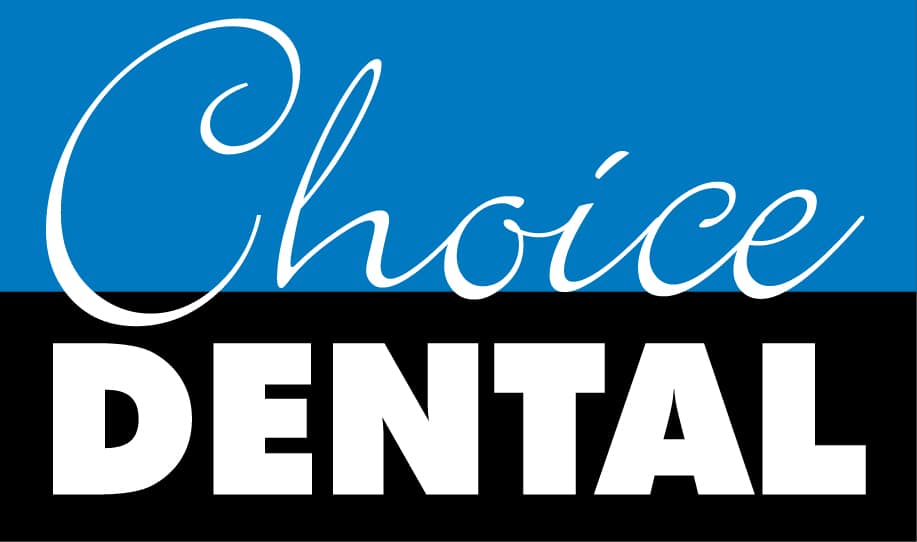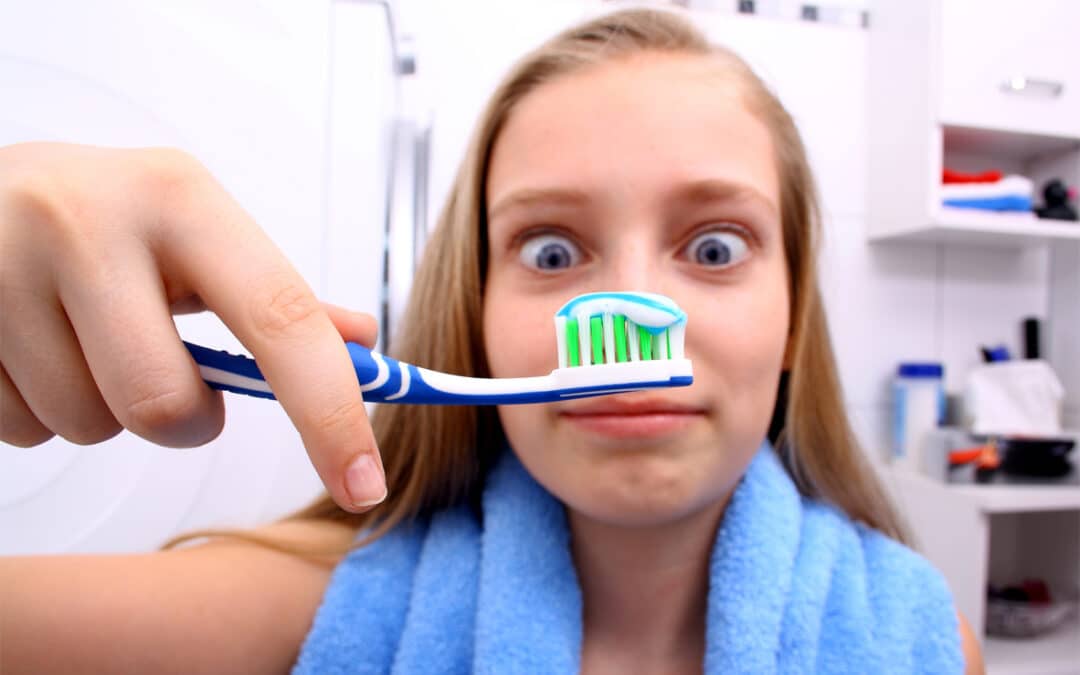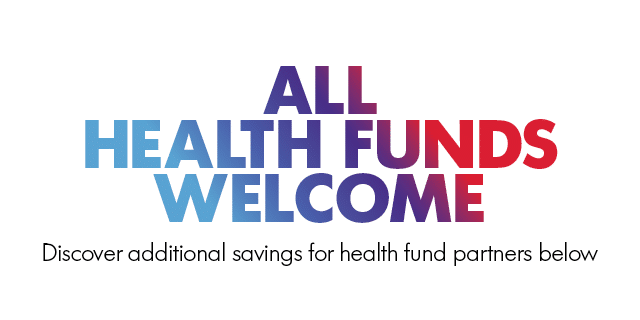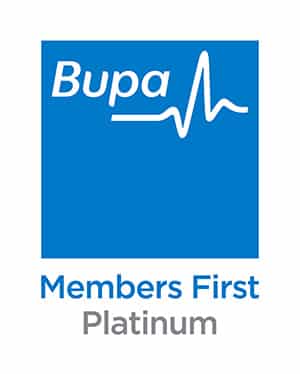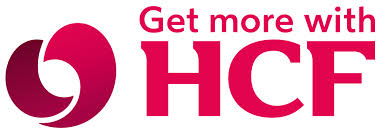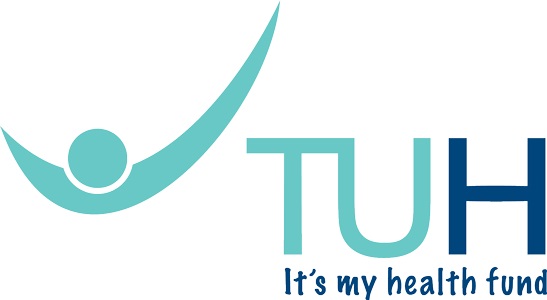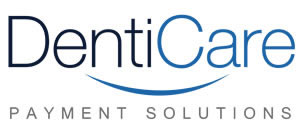The Benefits of Brushing your Teeth
By brushing your teeth twice a day, you can receive a number of benefits including whiter teeth, fresher breath, and the prevention of plaque, tooth decay and gum disease. You’ll also save money by avoiding potentially expensive dental treatment for oral conditions that are entirely preventable.
Do you Use a Good Tooth Brushing Technique?
The way you hold and brush with your toothbrush can affect your brushing effectiveness.
For best results on the front and back of your teeth, hold your toothbrush at a 45˚ angle against the gumline, and use a combination of gentle circular or back & forth motions to brush and sweep away food debris & plaque, especially along the gumline. When brushing your chewing surfaces, use a short back & forth brushing motion.
It is also important that your brush strokes are short and precise in order to avoid damaging your delicate gum tissue, and exposing your vulnerable tooth root surfaces to oral bacteria.
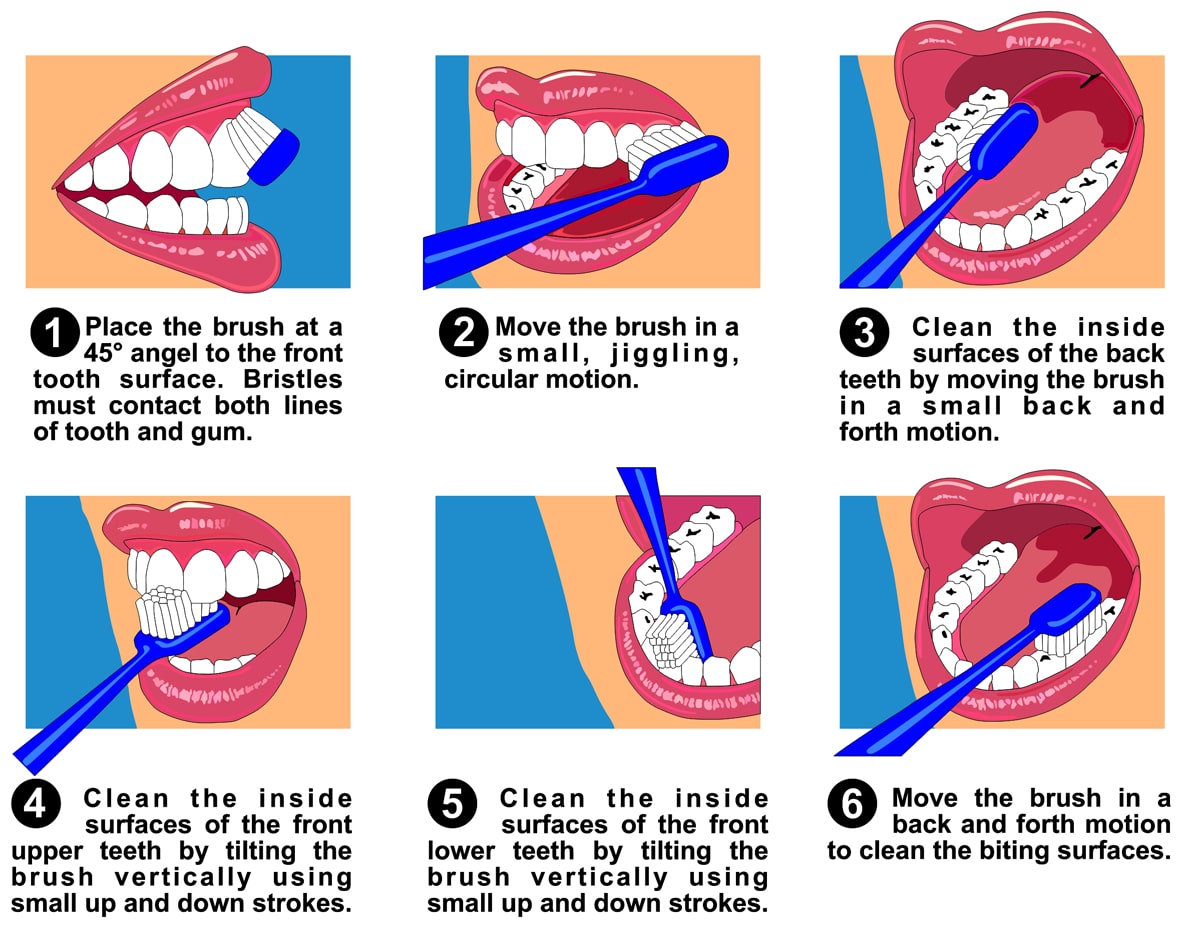
Are you Brushing Each & Every Tooth in your Mouth Thoroughly?
Don’t rush it. Take your time. Since brushing your teeth is one of those daily routines that we tend to perform automatically, you may be missing those hard-to-reach areas behind your teeth – the ones you can’t see in the mirror! Yet it’s these same areas that are often hot spots for bacterial and plaque formation.
The key to a complete clean is to methodically target the exposed tooth surfaces of every tooth in your mouth, including the gumline, and the outer, inner and chewing surfaces of your teeth. To clean between your teeth use floss or an interdental brush.
Don’t forget to brush or scrape your tongue also!
Choose the Right Toothbrush, Keep it Clean, and Replace Every 3 Months
A soft-bristled toothbrush used gently is the recommended way to clean and remove plaque without wearing out your protective tooth enamel. If the back of your mouth has narrow spaces that are too difficult for a normal-sized brush head to reach, then try a toothbrush with a smaller head. Don’t simply skip those areas!
Replace your toothbrush once it begins to show signs of wear, or every 3 months. Waiting 6 months is way too long. Worn and frayed brushes can harbour tens of millions of oral bacteria, including Staph, E. coli and even fecal germs, if you have a toilet in your bathroom.
Disinfect your toothbrush between brushes by soaking the head in some antiseptic mouthwash. Store your brush out of contact with other toothbrushes; otherwise your brush may get infected with someone else’s oral bacteria.
Choose the Right Toothbrush, Keep it Clean, and Replace Every 3 Months
A soft-bristled toothbrush used gently is the recommended way to clean and remove plaque without wearing out your protective tooth enamel. If the back of your mouth has narrow spaces that are too difficult for a normal-sized brush head to reach, then try a toothbrush with a smaller head. Don’t simply skip those areas!
Replace your toothbrush once it begins to show signs of wear, or every 3 months. Waiting 6 months is way too long. Worn and frayed brushes can harbour tens of millions of oral bacteria, including Staph, E. coli and even fecal germs, if you have a toilet in your bathroom.
Disinfect your toothbrush between brushes by soaking the head in some antiseptic mouthwash. Store your brush out of contact with other toothbrushes; otherwise your brush may get infected with someone else’s oral bacteria.
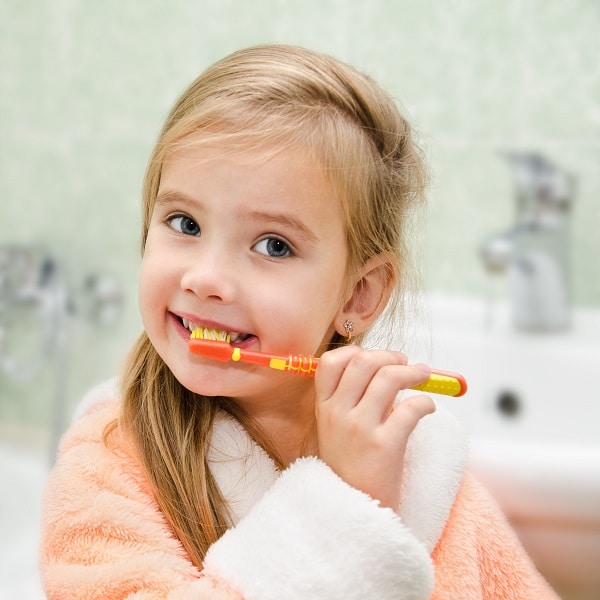
Quality Dental Services
If you want to learn more about taking care of your teeth, give us a call at 07 3809 3320 or contact us below to book an appointment today!
